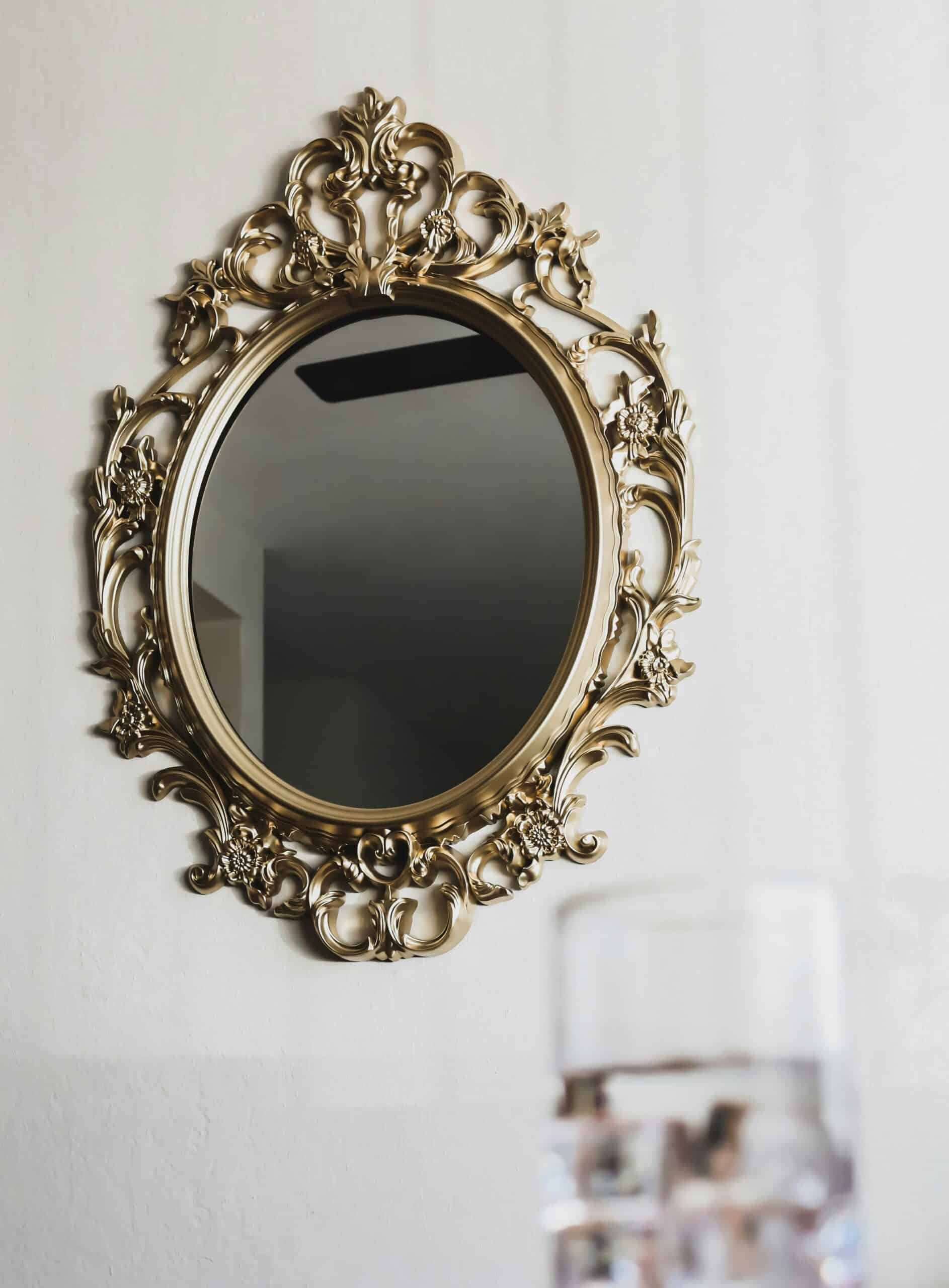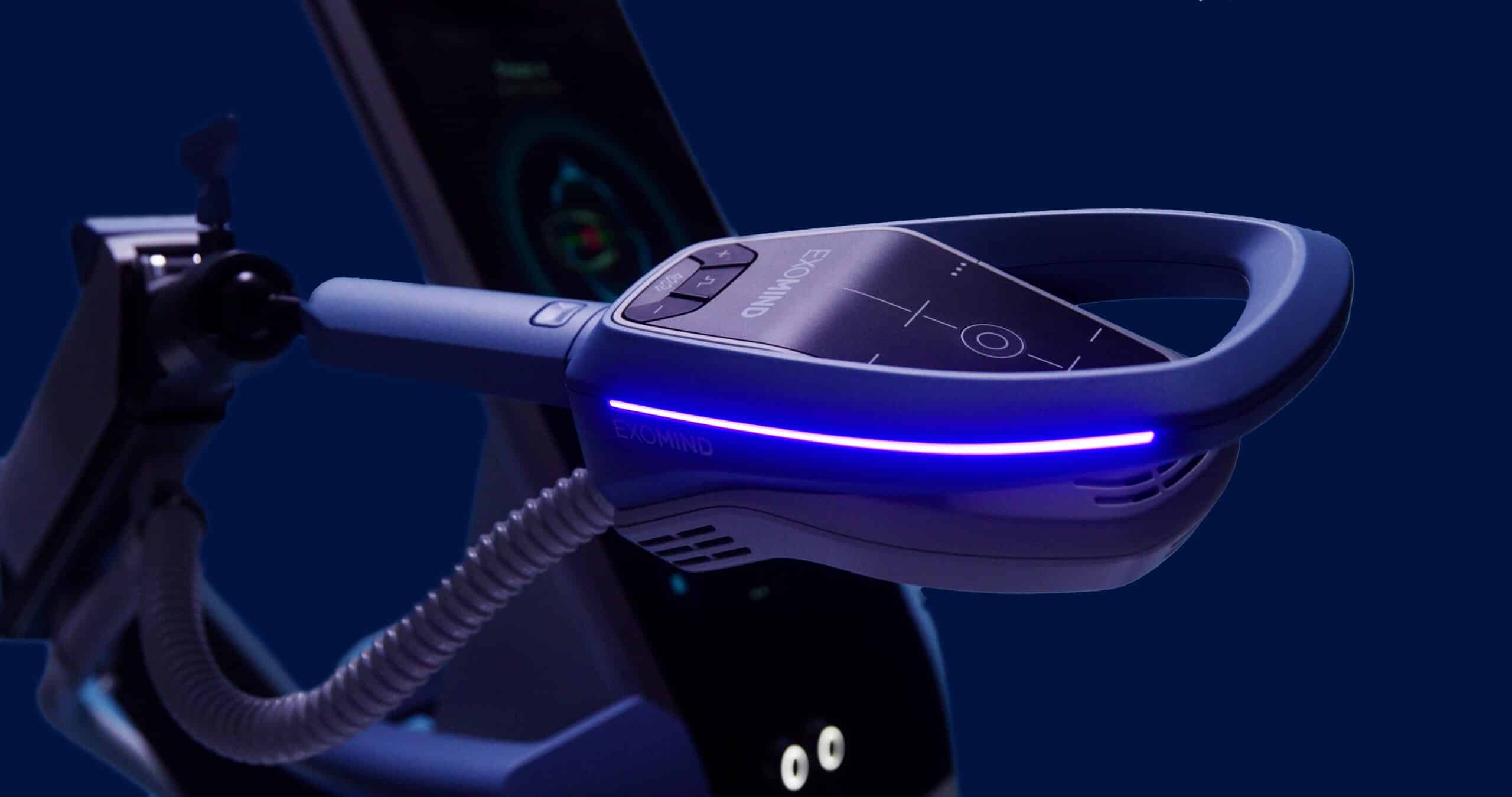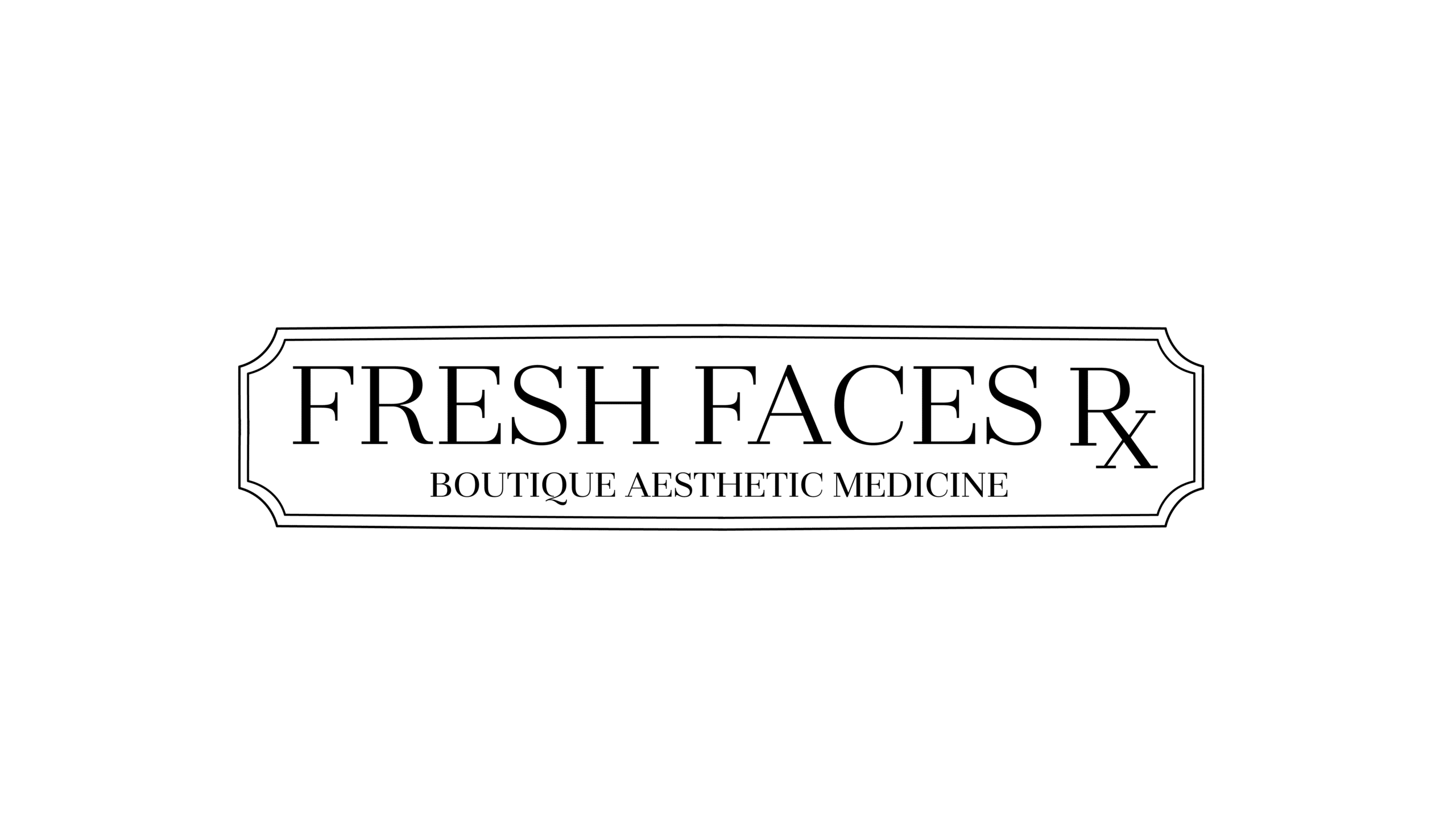Neuroaesthetics and the Healing Power of Beauty

Understanding Neuroaesthetics
Neuroaesthetics is a field of neuroscience that studies how the brain responds to beauty. It explores what happens neurologically when we encounter something we find aesthetically pleasing—whether that’s a painting, a face, a sunset, or a feeling of symmetry. Studies show that when we experience beauty, specific regions of the brain activate, including the medial orbitofrontal cortex, which is involved in reward, pleasure, and emotional processing. These neural activations aren’t shallow responses—they are tied to deep survival systems. Beauty signals harmony, safety, and belonging. When we perceive something as beautiful, the brain’s default mode network also activates—engaging regions related to self-reflection, empathy, and memory.
Neuroaesthetics in Aesthetic Medicine
In the realm of aesthetic medicine, neuroaesthetics provides the scientific foundation for why facial balancing, symmetry, and texture restoration feel so emotionally satisfying to patients. When a treatment improves perceived facial harmony—through filler, skin resurfacing, or contouring—the brain interprets these visual shifts as emotional safety. Patients often report feelings of relief, clarity, or even joy after procedures—not only because of how they look, but because their brains are now processing their own appearance with greater ease and reward. This is especially true in treatments where facial proportions are subtly corrected to match individual aesthetic ideals.


Real-World Application
Imagine a patient with asymmetry in the midface due to age-related volume loss. After restoring volume with dermal filler, the patient reports not only looking refreshed, but “feeling like herself again.” This emotional outcome isn’t imaginary—it’s neurologically validated. The brain has a preferred aesthetic set point, and when alignment is restored, the nervous system responds with calm, focus, and often, emotional release.
Beauty, Brain, and Longevity
Long-term exposure to positive aesthetic experiences is now associated with improved cognitive resilience. Neuroaesthetic engagement has been shown to reduce stress, support parasympathetic nervous system activity, and enhance mood regulation—factors that contribute to biological youthfulness. Beauty can buffer against burnout, improve mental health, and help preserve the neural networks that govern memory and identity.


Feminist Reflection
Reclaiming aesthetic freedom means acknowledging that beauty isn’t about societal standards—it’s about personal alignment. When women choose aesthetic care that helpsthem feel seen and empowered, they aren’t giving in to vanity—they’re choosing visibility, autonomy, and healing. Beauty becomes a form of protest: a return to self on your own terms.
Rewire & Restore your Mind with ExoMind
ExoMind is powered by a non- invasive, cutting-edge technology that uses Transcranial Magnetic Stimulation (TMS) to support mental clarity, well-being, and behavior change.
Clinical studies have shown that TMS can:
• Reduce obsessive thought patterns and compulsive behaviors
• Improve mood and decrease symptoms of depression
• Reduce chronic stress and physiological markers of anxiety
• Improve cognitive flexibility and emotional regulation
• Support healthier sleep architecture

Book your Exomind Session
About Us
Beauty and the Brain is the integrative aesthetic philosophy of Fresh Faces Rx, led by Dr. Jodee Anderson, a Stanford-trained physician, certified life coach, and one of the most trusted voices in ethical aesthetic medicine today. As a licensed physician in the state of Oregon, Dr. Anderson has dedicated her career to blending neuroscience, self-perception, and aesthetic integrity. At Fresh Faces Rx, we believe that self-care is healthcare, and beauty—when rooted in autonomy, compassion, and science—is a powerful path to healing, longevity, and personal transformation. All care is safe, ethical, and personalized. We follow Oregon Medical Board ORS/OAR regulations and hold the highest standards of integrity and patient safety.
